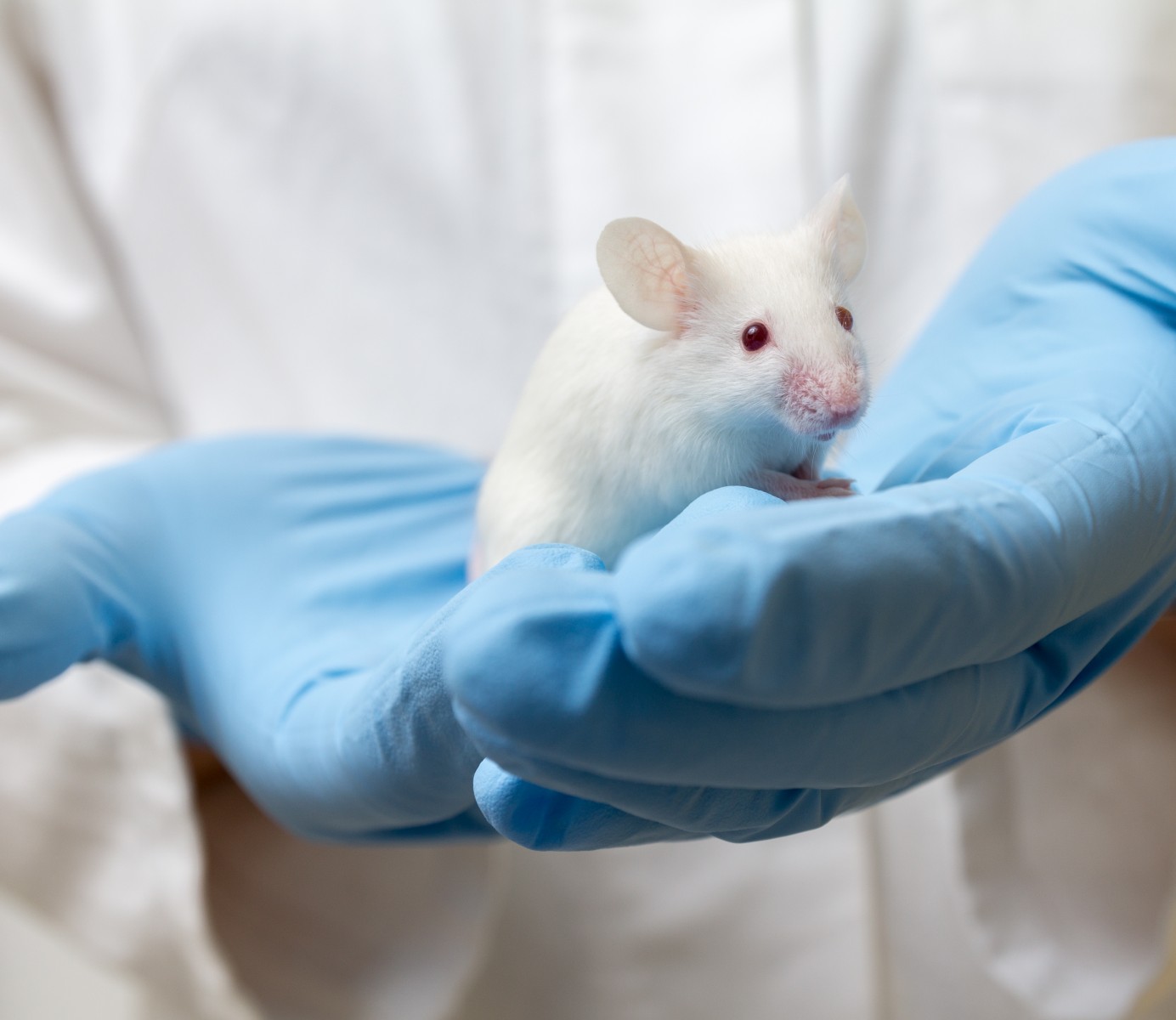New Rat Model of HAE More Closely Mimics Human Disease

Researchers have developed a new rat model of hereditary angioedema (HAE) that more closely mimics the swelling episodes experienced by humans, which might improve studies about the mechanisms that cause the disease.
The model has been described in a new paper, “Endothelial B2-receptor overexpression as an alternative animal model for hereditary angioedema,” published in the journal Allergy.
HAE is caused by mutations in the gene SERPING1, which give instructions to generate a protein called C1 inhibitor. But this protein isn’t what actually causes the swelling (angioedema) that characterizes the condition.
Rather, the swelling usually is directly mediated by bradykinin, a protein that causes blood vessels to become “leaky,” which leads to the accumulation of fluid (swelling) in the deep layers of the skin.
Currently, mouse models of HAE are based on a similar mutation that decreases levels of functional C1 inhibitor protein. However, although these mice do have increased blood vessel leakiness, they don’t develop spontaneous swelling analogous to what is seen in humans who have HAE.
In order to create an animal model of HAE that more closely resembles human disease, researchers behind the new paper focused on bradykinin itself, rather than the upstream mutations common in people. The researchers engineered rats so that the cells lining their blood vessels would produce abnormally high levels of a receptor for bradykinin, called B2-receptor; these rats were dubbed B2Rover rats.
The researchers tested blood vessel leakiness in this model by injecting a dye into the rats’ bloodstreams, then inducing an angioedema attack via the application of mustard oil to the rats’ ears. Leakiness in the B2Rover rats was about four times higher than in wild-type (normal) rats.
Additionally, when the researchers examined the rats’ organs, they found that male B2Rover rats had more leakage in their kidneys than wild-type rats after mustard oil application. Although researchers “assume that this increased vascular permeability remote from the application site was independent of mustard oil treatment,” the male rats weren’t checked prior to application, so this assumption will need to be confirmed by future studies.
In female B2Rover rats who had not been exposed to mustard oil, there was increased leakiness in the kidney as well, but also in the bowel, uterus, and liver. Researchers speculate this sex-based difference may be due to the influence of different hormones; again, this will require additional research to validate.
Interestingly, independent of sex and mustard oil treatment, 12% (10 of 84) of the B2Rover rats had spontaneous intestinal swelling, similar to what happens in HAE in humans. However, no skin swelling was observed.
“This model will allow us to perform studies on the mechanisms involved in spontaneous abdominal bradykinin-mediated angioedema, its time-course and duration, as well as in vivo screening of new specific drugs for HAE treatment,” researchers concluded in the paper.






